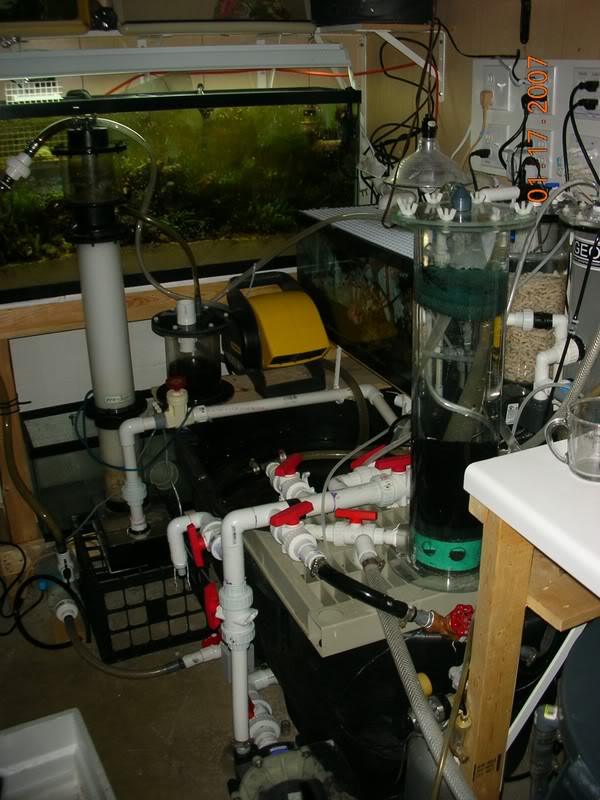Hey, a bit of a warning... if you put a 20 amp GFCI you better make sure your circuit breaker is a 20 amp as well. If not, you risk causing an electrical fire because your GFCI outlet will take more juice than your circuit box is wired for. Also, the guage of wire for a 20 amp is heavier than for your standard 15 amp house circuits. When ever you're changing outlets, you need to consult local codes, check your breaker box, and make sure that the house wiring is the proper guage for your application. I personally know of a pet store that burned to the ground from switching 15 amp outlets to 20 amp GFCI's without taking the proper precautions, so it's not just urban legend.



